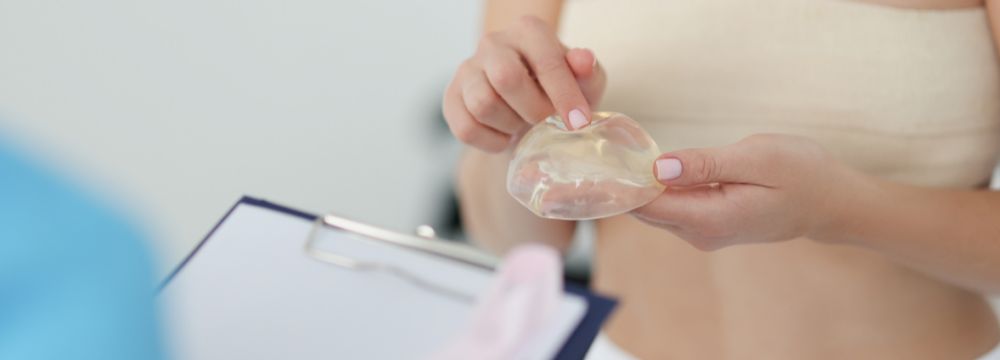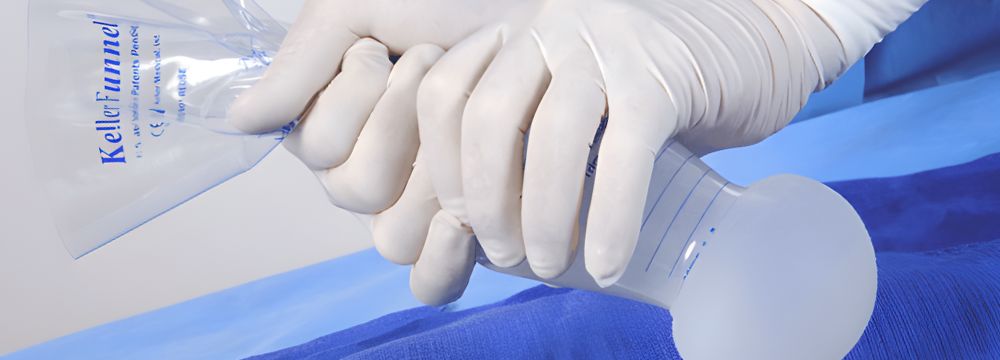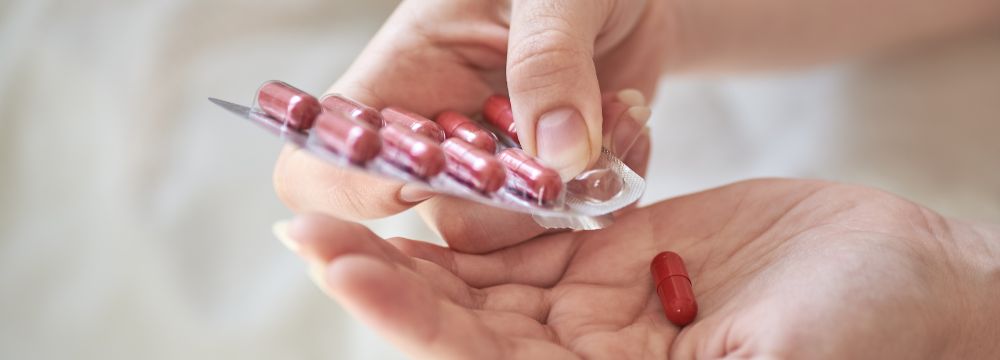
Breast Augmentation 14-Point Plan
A key component to CosMediTour’s approach to Breast Augmentation Recovery, the 14-Point Plan (14PP) was created by Professor Anand Deva and his team at Macquarie University. The plan aims to minimise the risk of bacteria contaminating breast implants during a Breast Augmentation procedure. This in turn, reduces a patient’s exposure to complications, including Capsular Contracture, additional pain, deformity or infection. Read on to discover the 14-steps your CosMediTour Plastic Surgery can take during your Breast Augmentation to reduce your risk.
Breast Surgery Recovery, Risks & The 14-Point Plan
CosMediTour prioritises patient safety. When contemplating whether Plastic Surgery is the right decision for you, it’s important to understand that all surgical procedures carry risks, including Breast Augmentation. Knowing these risks, and taking precautions to minimise them will be key to your Breast Augmentation recovery.
To minimise the risk of bacteria contaminating breast implants during Breast Augmentation surgery, Plastic and Cosmetic Surgery expert, Professor Anand Deva and his team at the Macquarie University developed the Breast Augmentation 14-Point Plan (14PP). More specifically, the 14PP plan outlines a number of measures and strategies to reduce the patient’s risk of:
- Infection
- Capsular contracture
- Unintended pain
- Deformity
What is the Breast Augmentation 14-Point Plan?
As the name implies, The Breast Augmentation 14-Point Plan outlines 14 steps to reduce a client’s risk of breast implant complications during their Breast Augmentation. Not all 14 steps apply to every Breast Augmentation procedure. Instead, your Surgeon will first consider your desired outcomes, unique anatomy, and history to determine which steps are relevant to your case, keeping your in mind, as well as making your safety an absolute priority.

14-Point Plan For Breast Augmentation Recovery Explained
1. The Use of Intravenous Antibiotics
By using intravenous antibiotics at the start of the anaesthetic, your medical team can eliminate any bacteria which might be introduced during surgery.
2. Avoiding Periareolar Incisions (where possible)
The use of periareolar incisions around the nipple have been shown in both laboratory and clinical studies to lead to a higher rate of capsular contracture due to direct breast pocket contamination from bacteria within the breast tissue. Some Surgeons may also aim to avoid axillary incisions in the armpit for the same reason.
3. The Use of Nipple Shields
Surgeons can use nipple shields during the Breast Augmentation procedure to prevent the spillage of bacteria from the breast ducts into the prosthesis pocket – the pocket created for the breast implants.
4. Careful Atraumatic Dissection
Bacteria grow more readily in damaged tissue. By performing atraumatic dissection where very precise, purposeful incisions are made, Surgeons can minimise the damage to the breast tissue.
5. Minimising Blood Pooling
Surgeons must carefully stop any bleeding during surgery to minimise the amount of blood that pools around the breast implants. Not only can this blood cloud visibility, but it can also become another entry point for harmful bacteria.
6. Avoiding Cuts Into the Breast Tissue
The use of a Submuscular, Dual Plane, or Subfascial (between the facia and the muscle) breast implant placement also decreases the risk of bacteria that can otherwise arise from the breast tissue coming into contact with the breast implant
7. Performing Pocket Irrigation
Pocket irrigation, a process of cleaning the breast pocket with appropriate solutions can decrease the risk of bacterial contamination. Solutions include half-strength betadine or proven antibiotic solutions.
8. The Use of An Insertion Sleeve
An insertion sleeve, such as the Keller Funnel (shown below) or the MotivaImagine™ Insertion Sleeve, stops the breast implant from coming into direct contact with skin and its bacteria.

9. Using New Instruments and Drapes
It’s extremely important that the surgical setup for Breast Augmentation procedures (and any surgical procedure for that fact), involves the use of new, sterile instruments and drapes. Surgeons and medical staff must also change their surgical gloves before handling the implants.
10. Minimising Implant Transfer Time
By minimising the time between opening the breast implant’s sterile packaging and placing it in the anatomical pocket, there’s less chance of contamination.
11. Minimising Repositioning/Replacement
To reduce risks for their clients, Surgeons must plan and mark out their procedure before commencing surgery. This will minimise the need to reposition or replace the implant mid-procedure.
12. The Use of A Layered Closure
Surgeons can better secure the implants and lock out exterior bacteria by using a layered closure technique (i.e. closing the incision site from the bottom up with the use of dissolvable internal sutures to rejoin breast tissue, and exterior stitches and dressings over the skin).
13. Not Using a Drainage Tube
Drainage tubes can act as a potential site of entry for bacteria.

14. The Use of Antibiotic Prophylaxis
Antibiotic prophylaxis is the use of antibiotics as a precaution (to prevent infection rather than to treat one). The Breast Augmentation 14-Point Plan calls for Surgeons to use this approach to cover subsequent procedures that may breach skin or mucosa (e.g. stitch removal or other procedures needed during Recovery).
Further Information
To learn more about Breast Augmentation recovery or the benefits of booking your procedure with a CosMediTour Plastic Surgeon who uses the 14-Point Plan, feel free to connect with our friendly Client Support Team.
